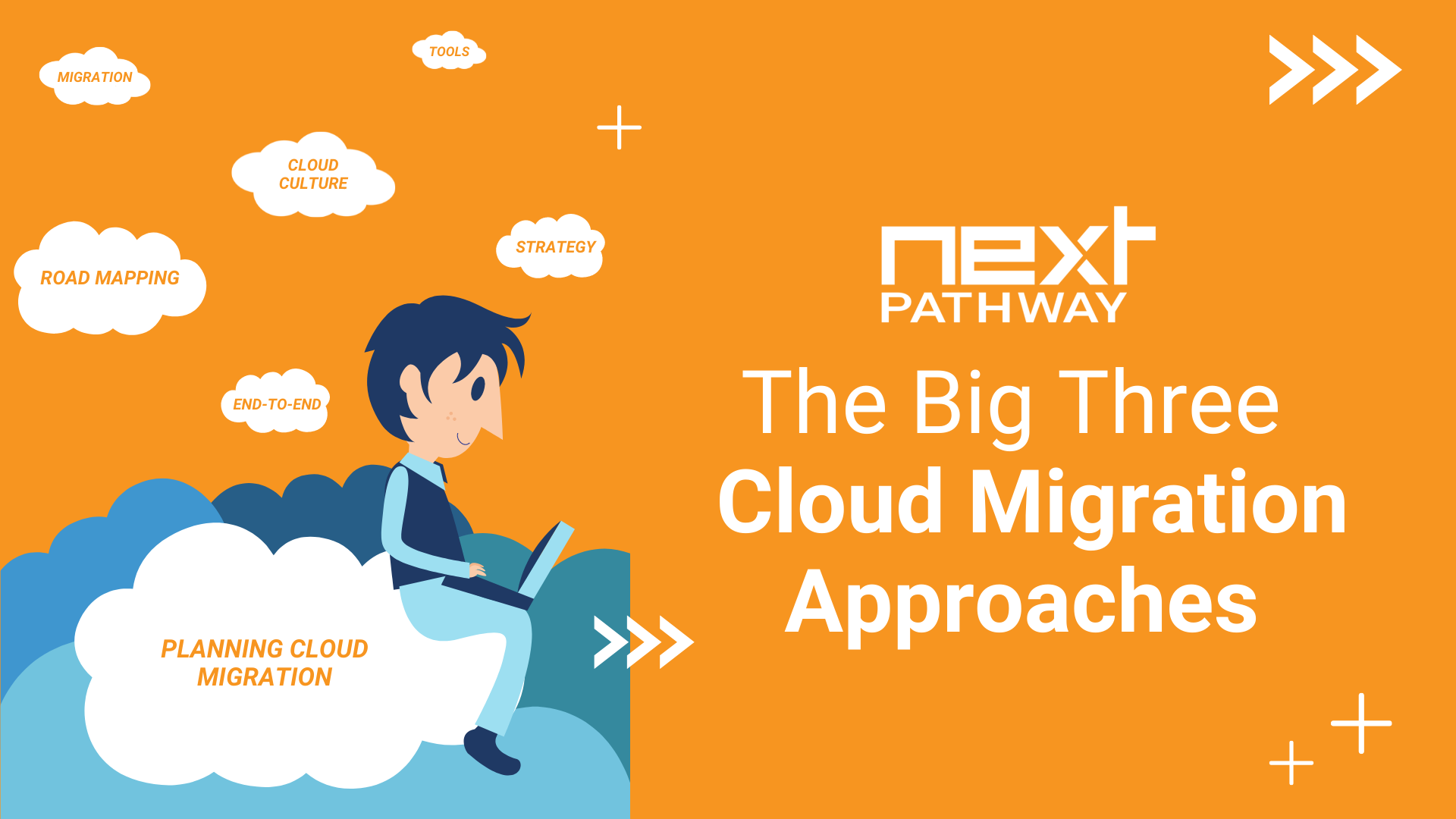There are three cloud migration strategies that companies should consider when taking advantage of the available cloud computing for their business.


These three approaches are lift and shift, application refactoring, and re-platforming –each of which we’ll get into, discussing their purpose and migration process.
Lift and Shift is the primordial cloud migration strategy that most companies have already used in some capacity when migrating data. Think of this as getting out of the data center. On-premise servers are no longer taking up valuable office space, costing excessive amounts of money to keep from overheating.
In addition to the reduction in costs for server maintenance, you do not need to spend resources retraining staff on anew system - the method for saving a file hasn’t changed, just where it is saved to - which reduces workloads and cold make cloud adoption easier for employees.
Checkout: Cloud Migration Checklist
This option has minimal impact on the majority of your staff as only the infrastructure and security teams have a role in the newly cloud-stored data. It is also the cloud migration plan with the
least upfront costs.
Should a company choose to only engage in this approach for their data migration, the most notable drawback is that they are only dipping their feet in the water. Imagine it’s a hot summer day. Sure,the water cools down your feet a bit but you’re certainly not taking full advantage of the swimming pool. Your applications are operating and processing data locally, only the finalized reports and data are stored in the cloud platform.
Application refactoring is also called application modernization. This is the preferred approach for companies that utilize specific applications that would reap the benefits of being refactored for cloud-based usage. The key difference when an application is refactored is that it not only pulls data from cloud storage for analysis but it also completes its analytics and computations within the cloud as well.
When it comes to refactoring applications, it’s important to consider which applications are used the most as well as which once can benefit from migrating to a cloud-based infrastructure. A huge advantage of refactoring legacy applications for the cloud is that, while this process is occurring, the same legacy systems can continue to run locally without affecting productivity.
Replatforming is best for companies looking to embrace the potential of the cloud adoption across every aspect of their business. This migration strategy typically takes place after lift and shit and application refactoring have already begun and performance is exceeding expectations.
This migration strategy comes with the most upfront costs and planning but it’s also the only one with the potential to take full advantage of cloud-based applications.Re-platforming allows for rapid increases, decreases, and changes regarding company resources and capabilities that would not be possible without it.Unlike refactoring applications, refactored platforms are mobile and offer scalability across any cloud provider. If this approach is being considered, it
really comes down to how much change your company is likely to go through from year to year and month to month.
Read More: How to make Cloud Migration Testing and Implementation more Efficient?